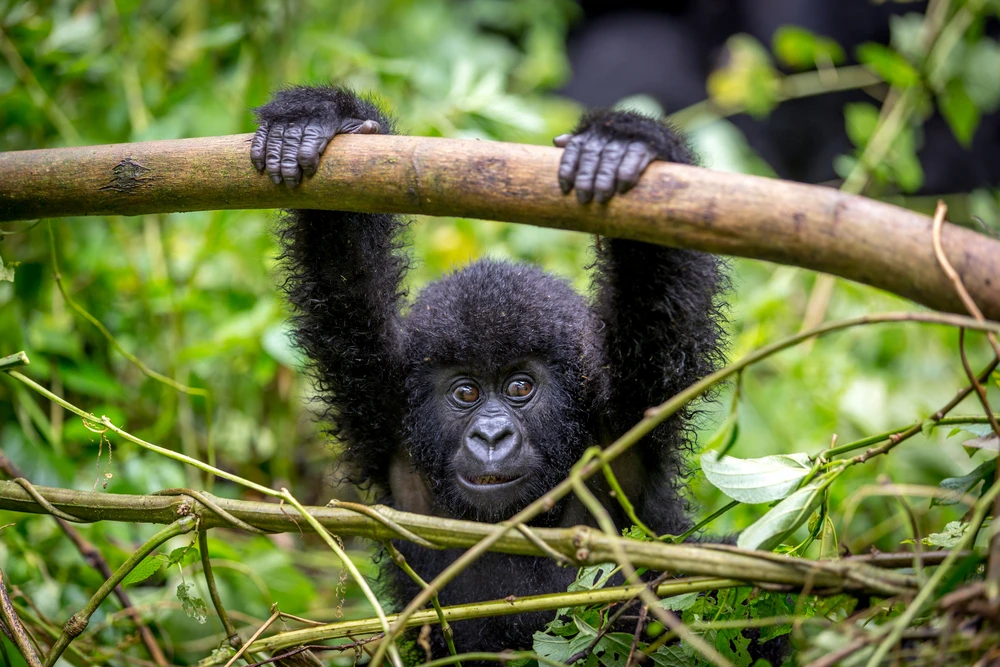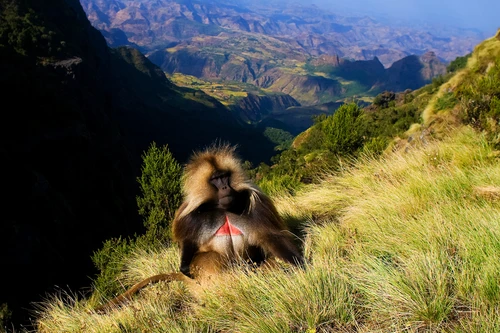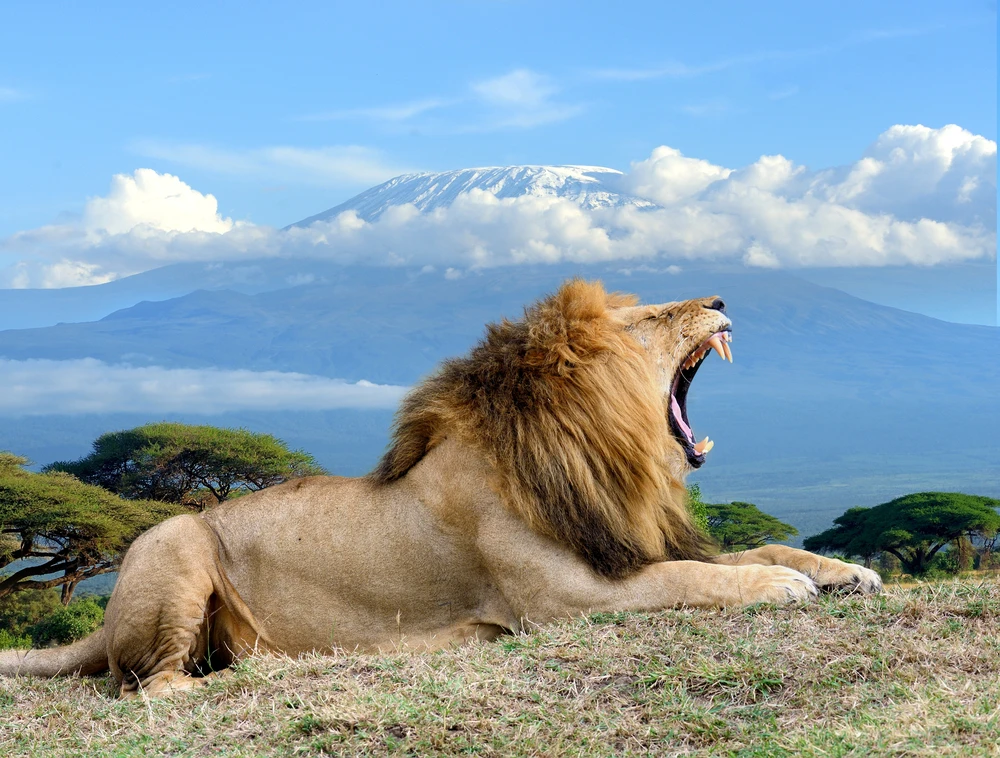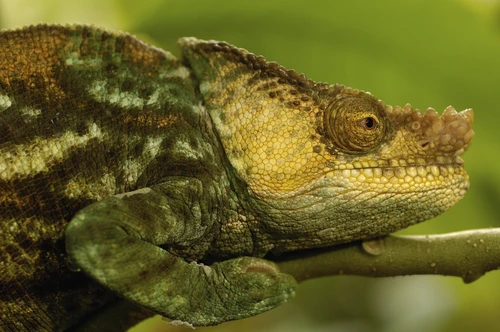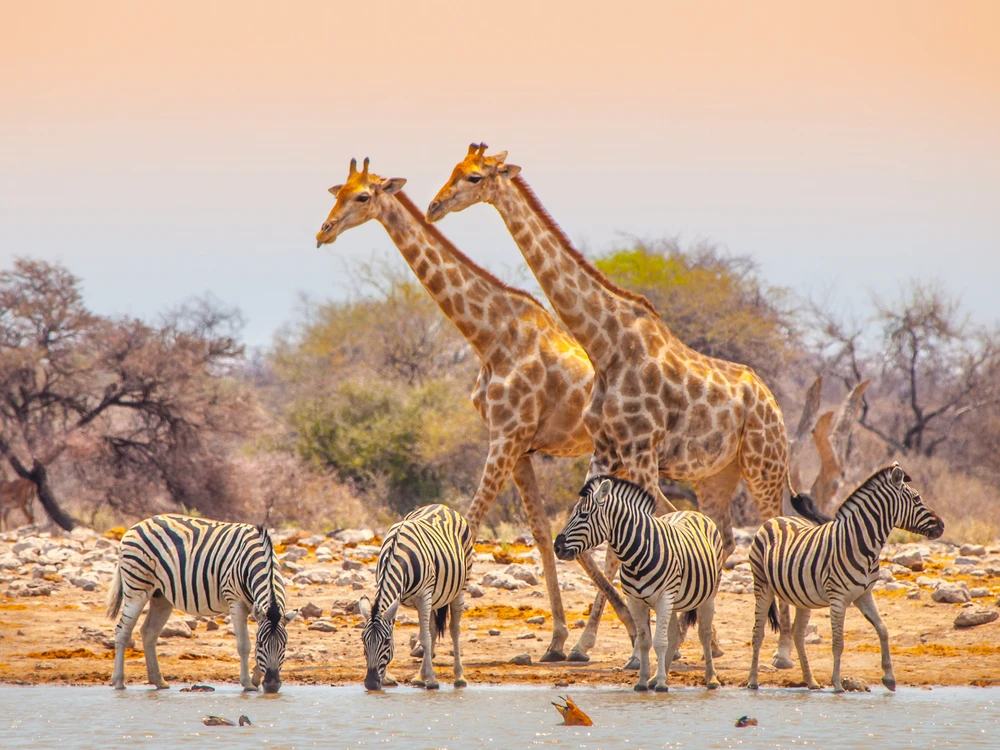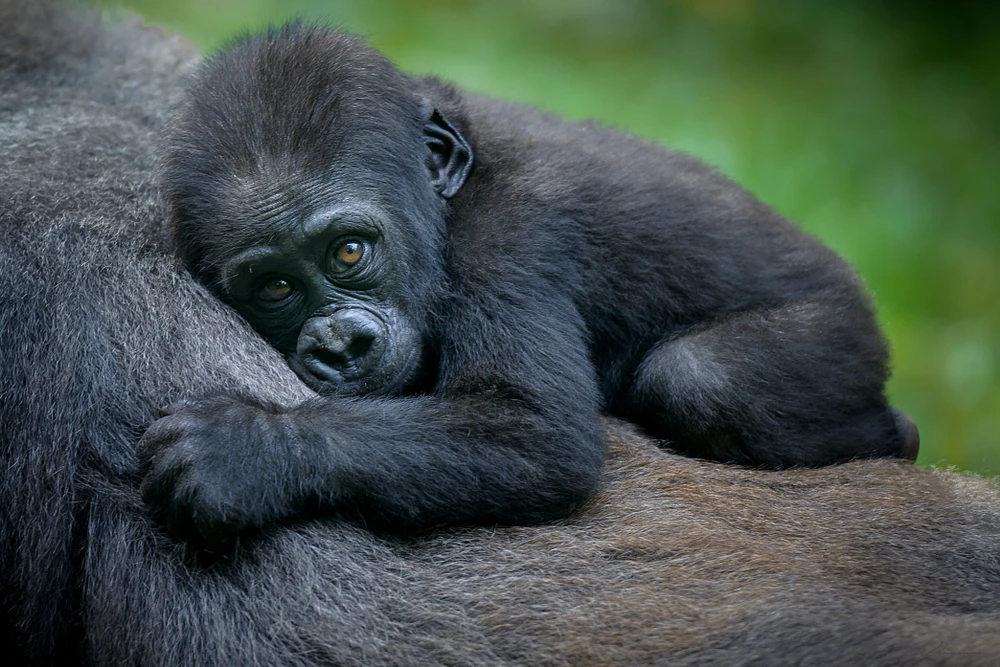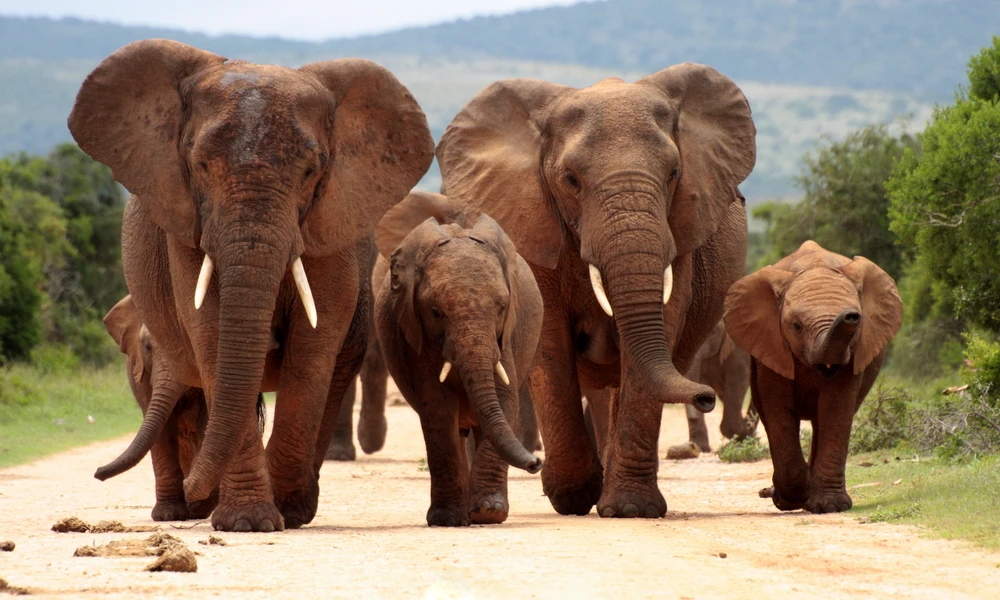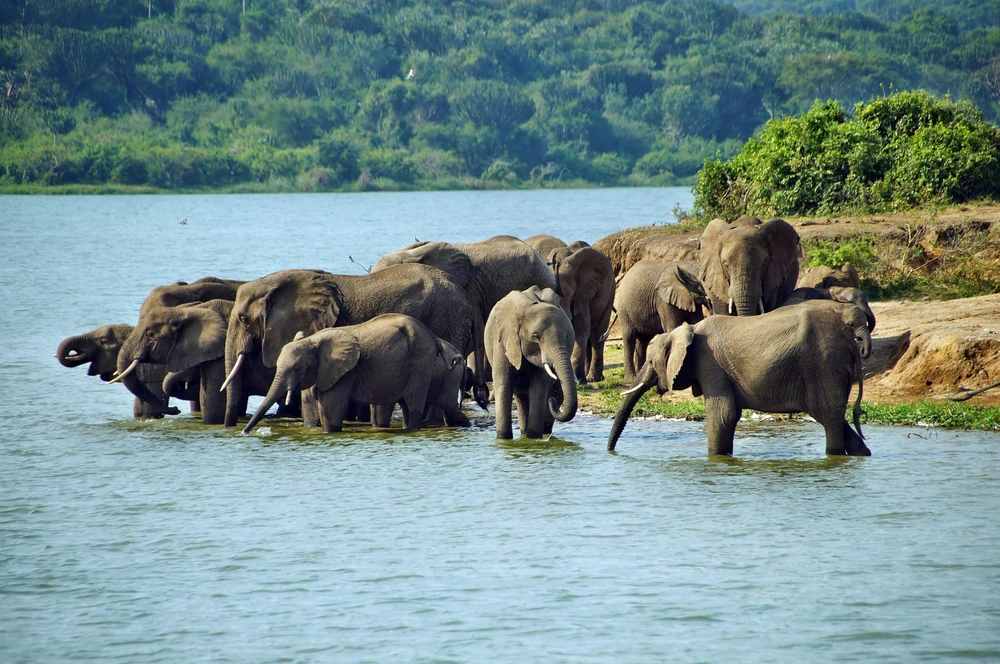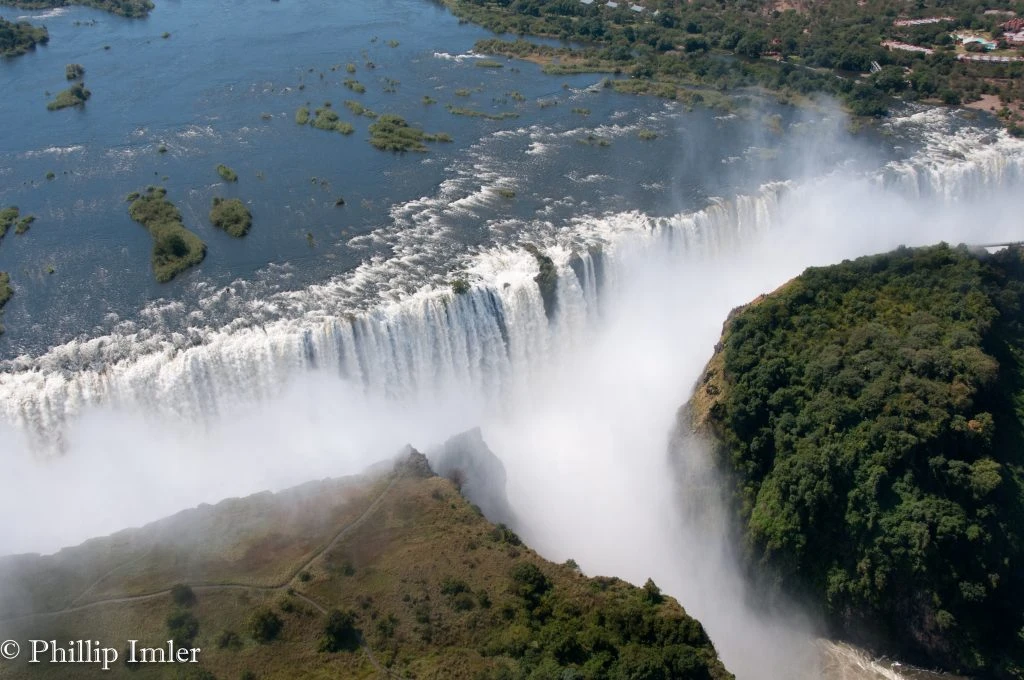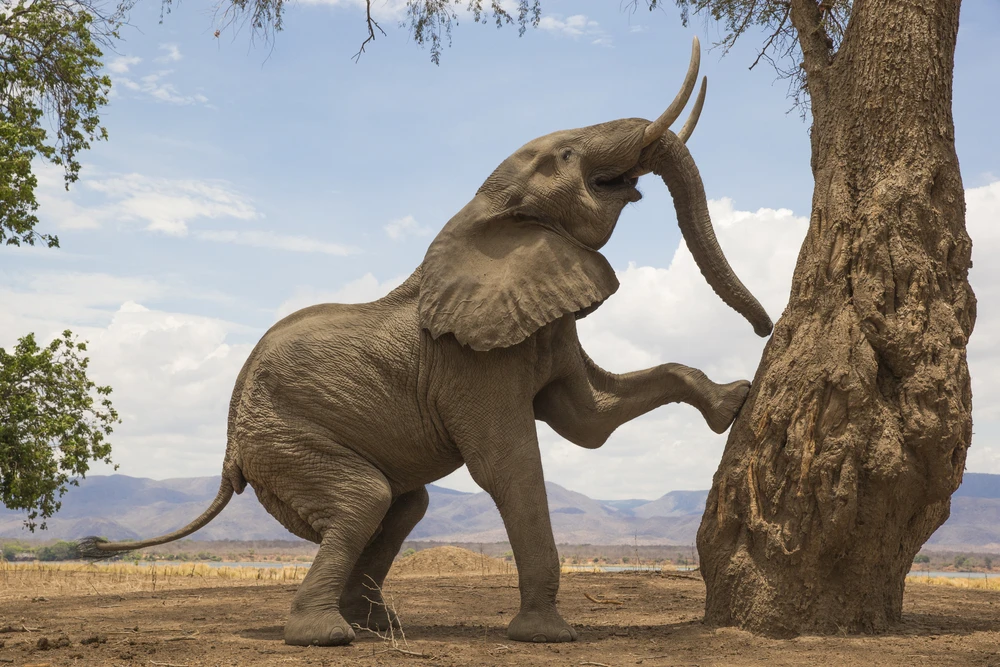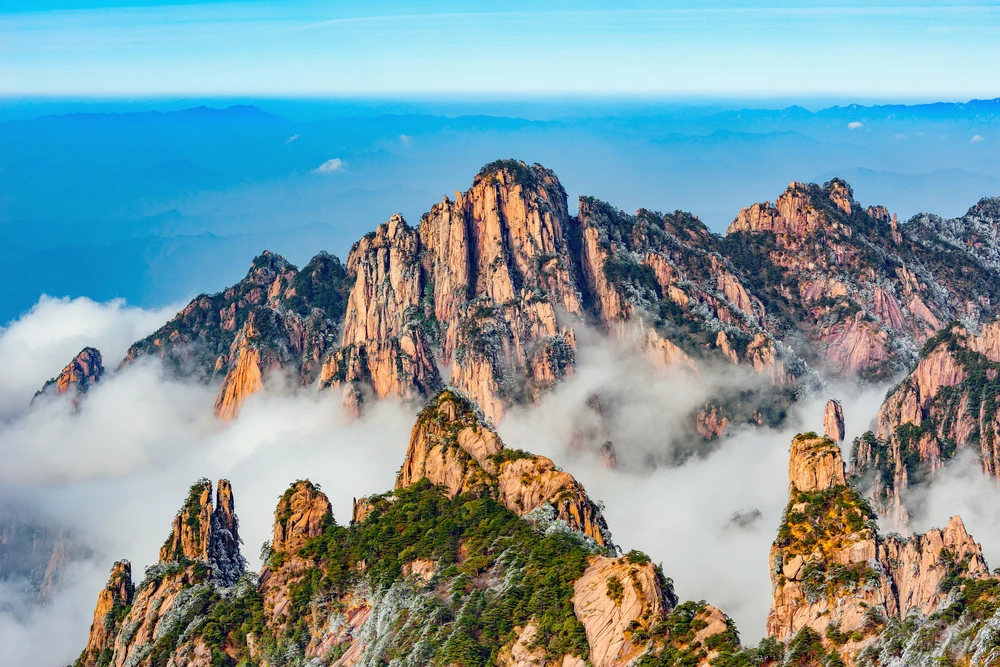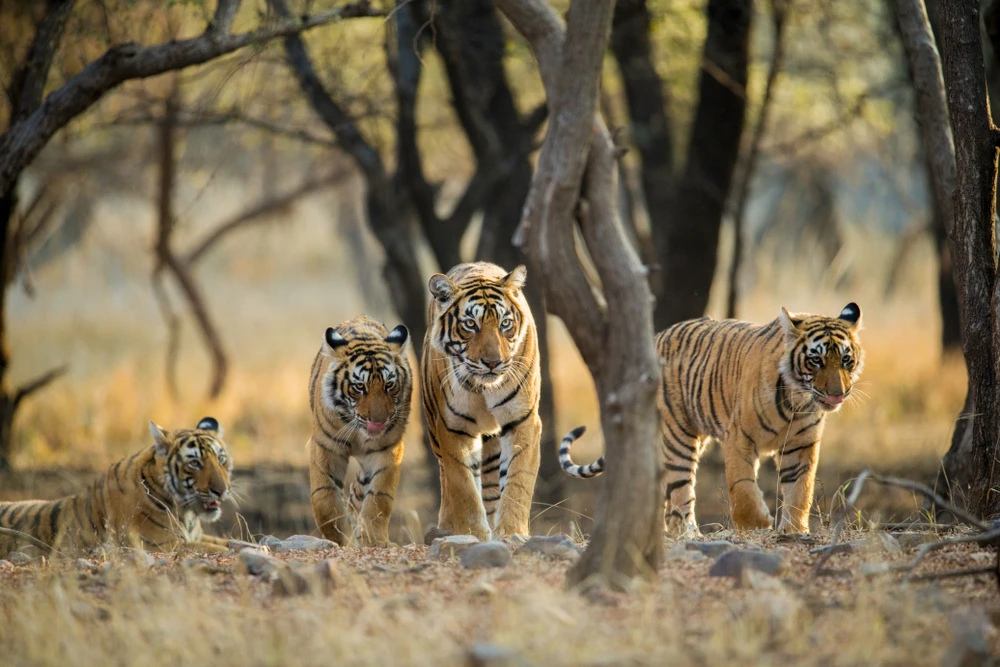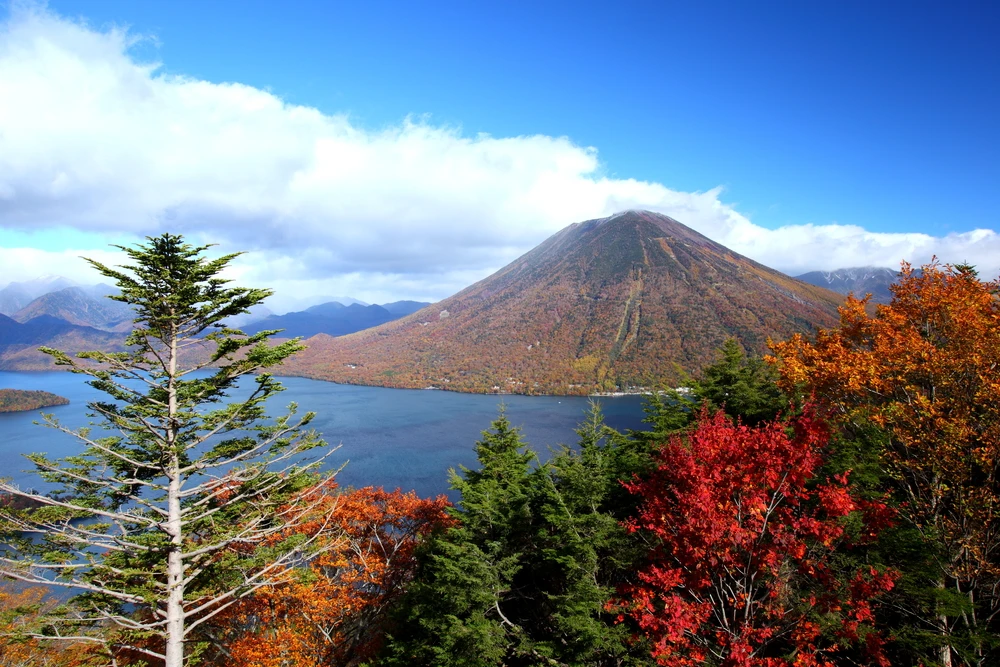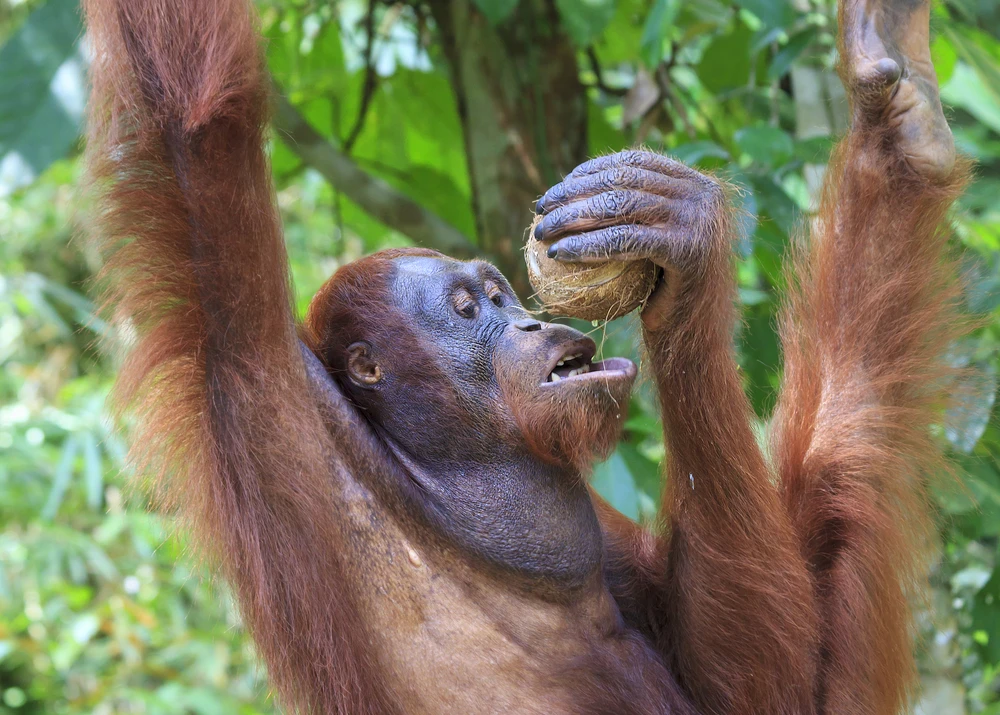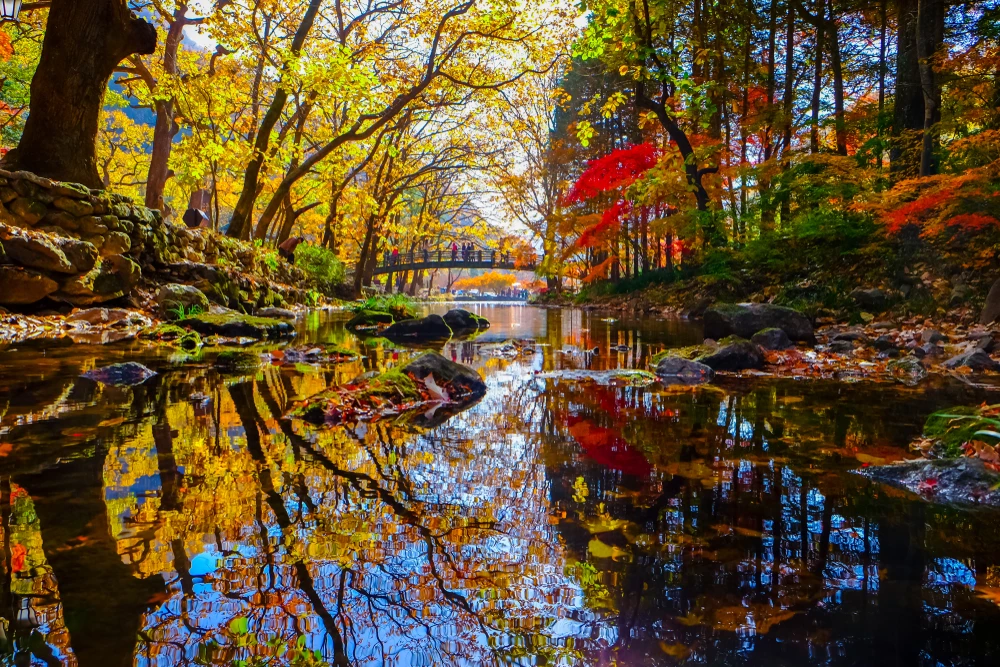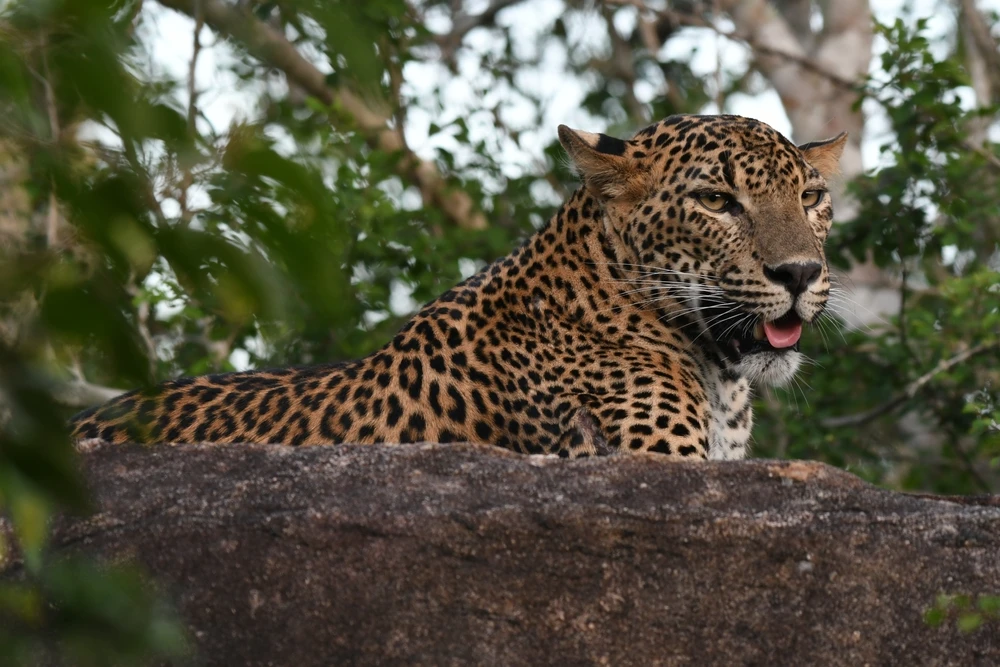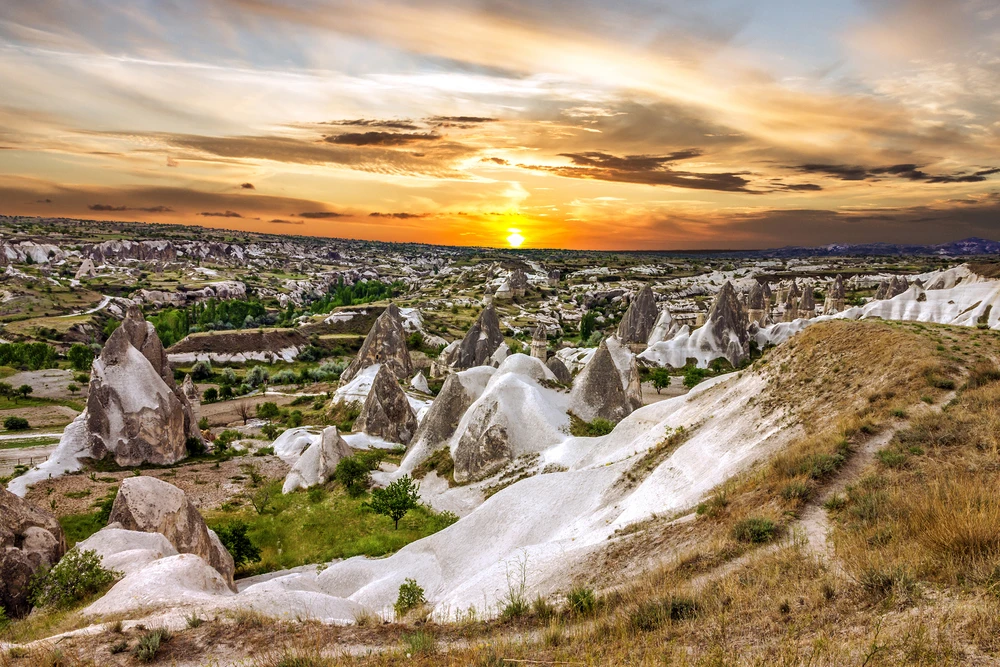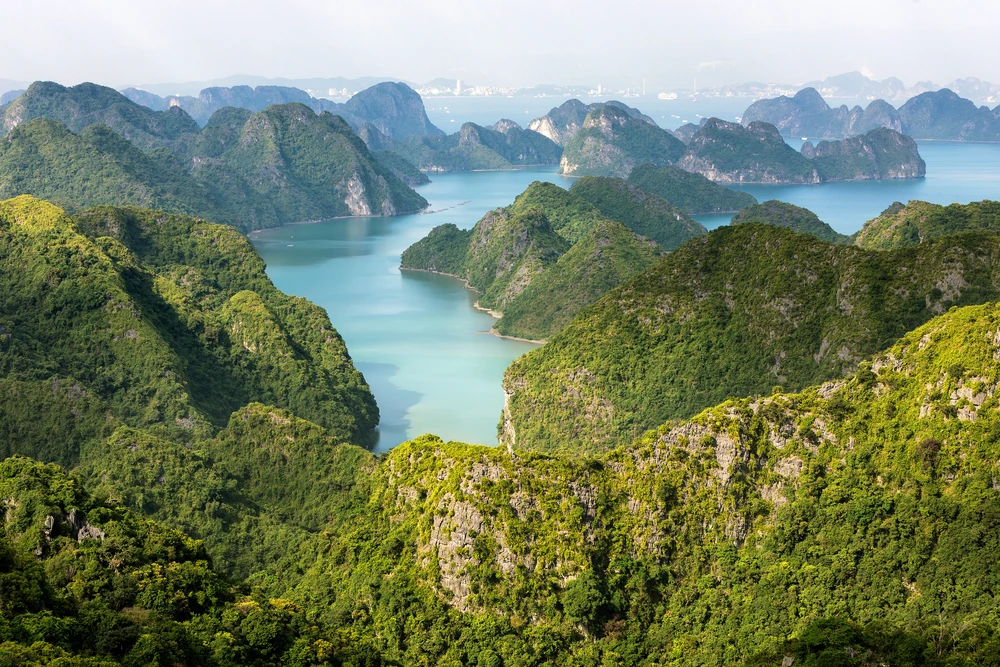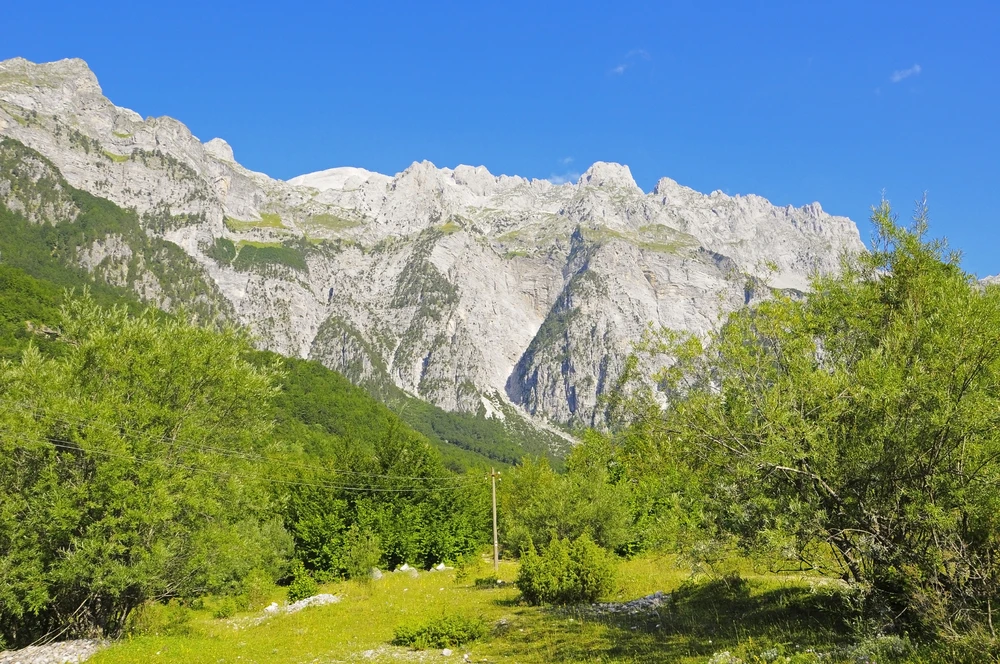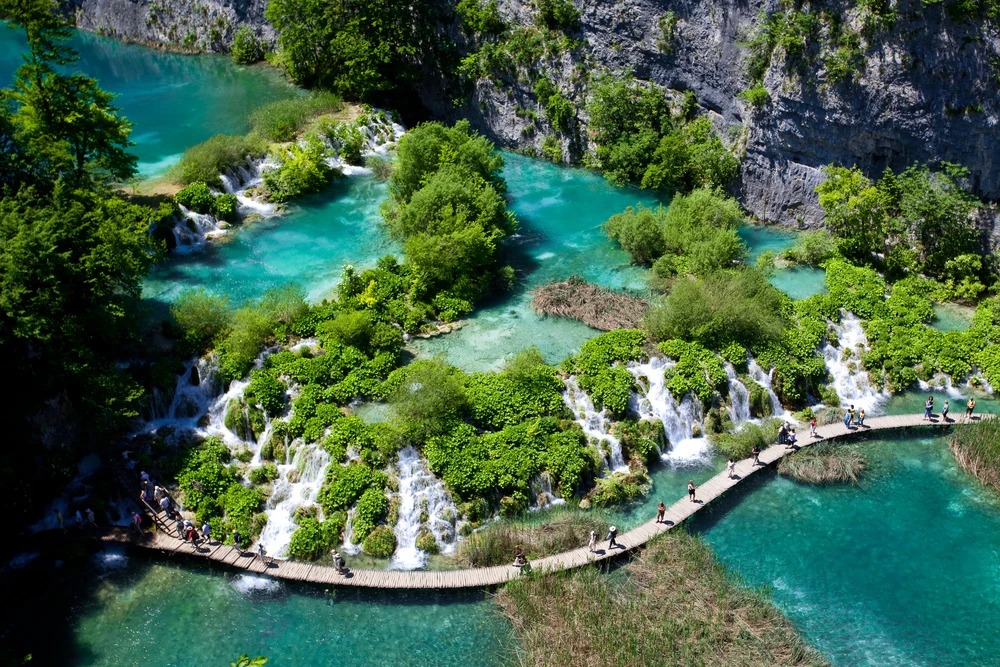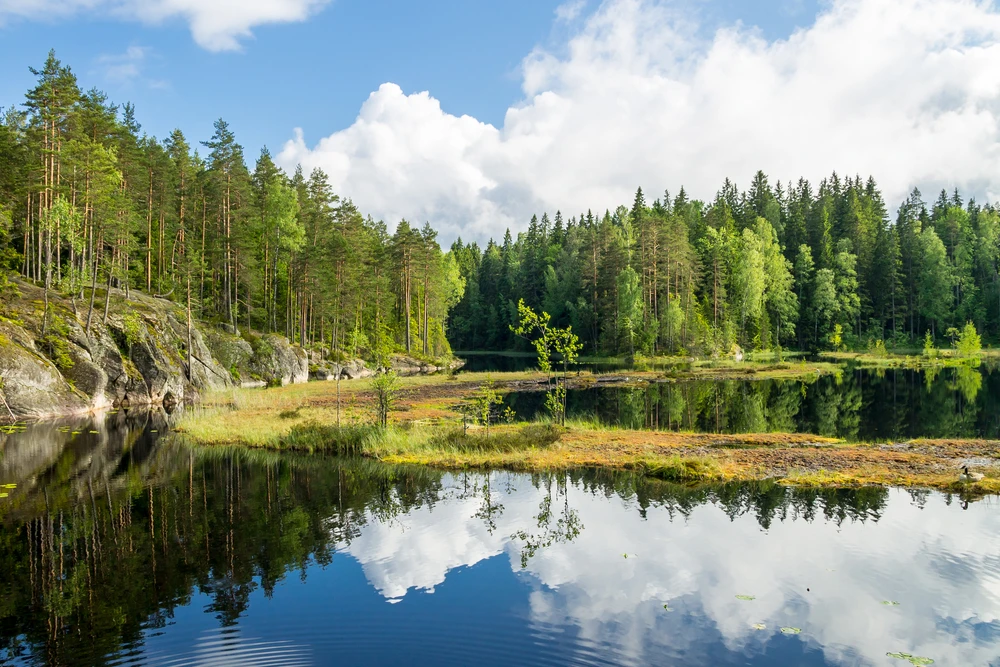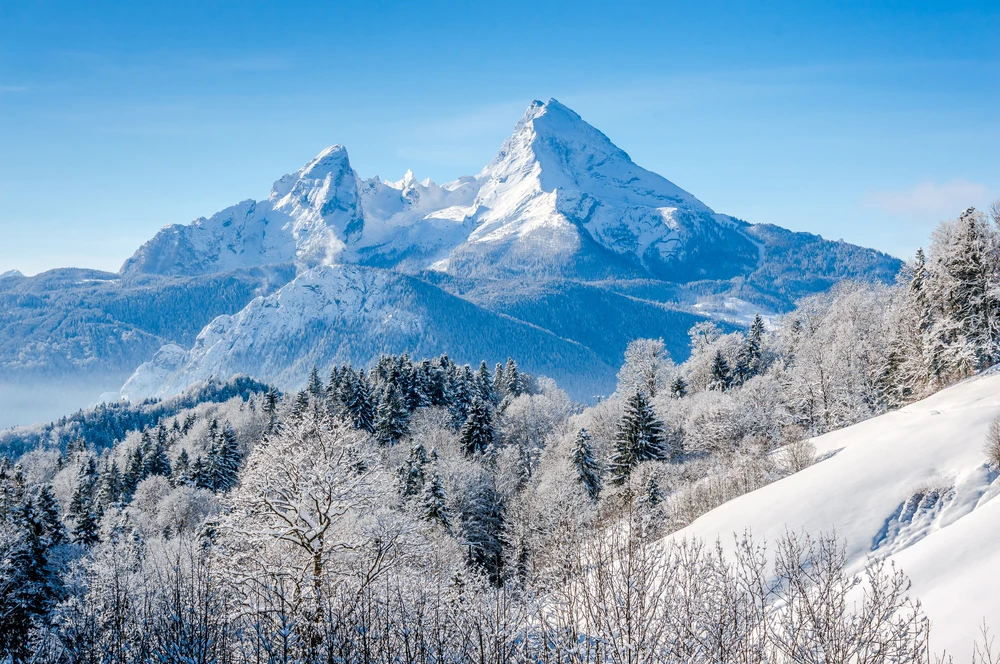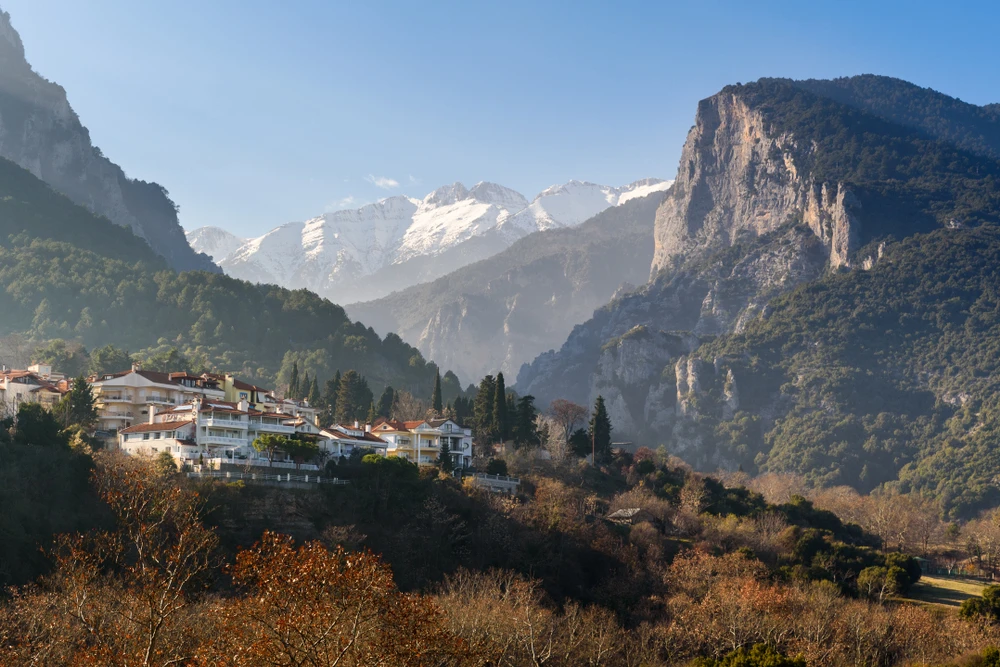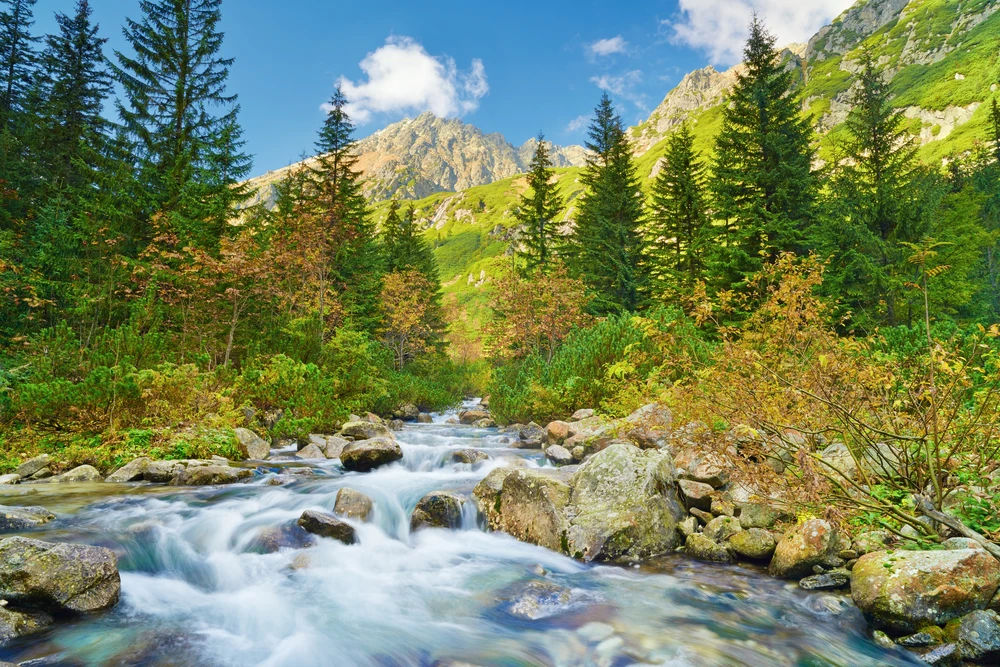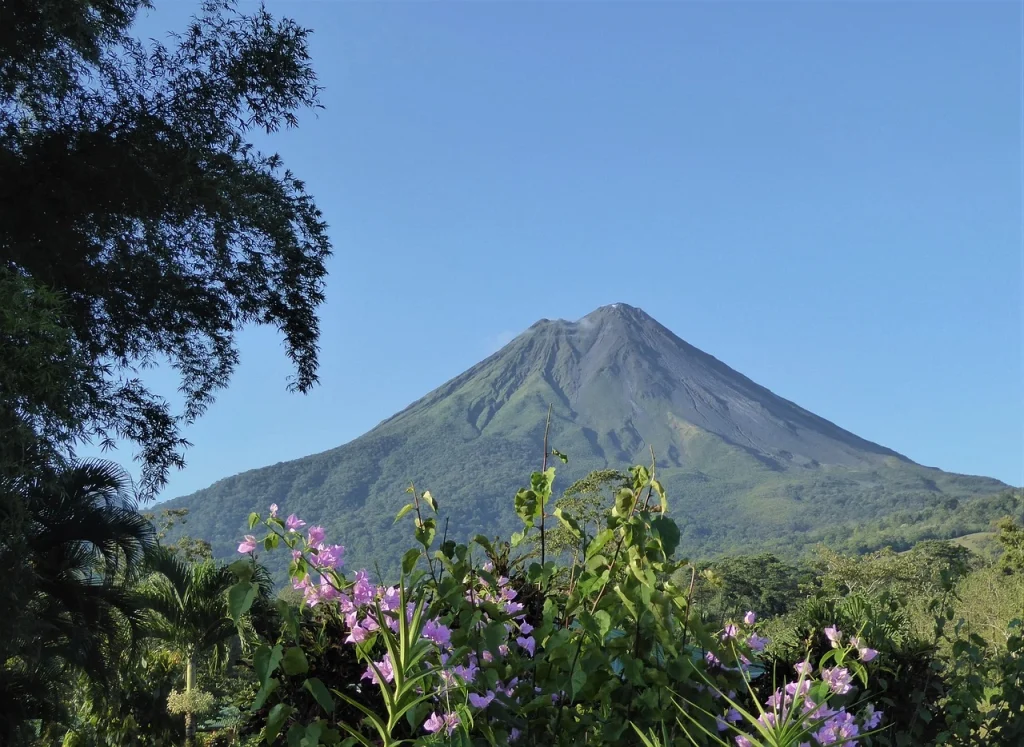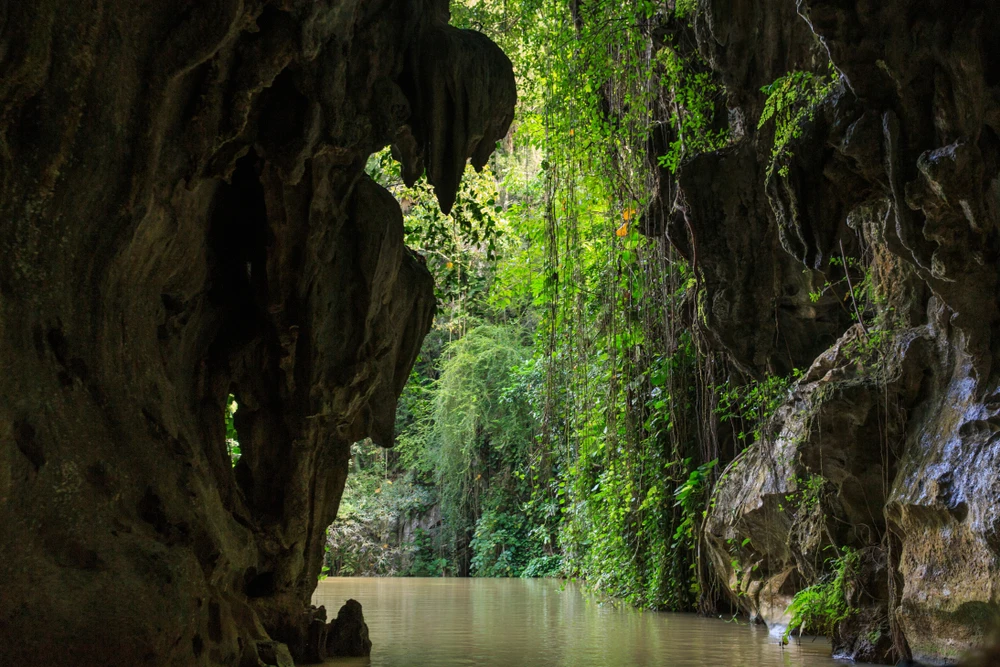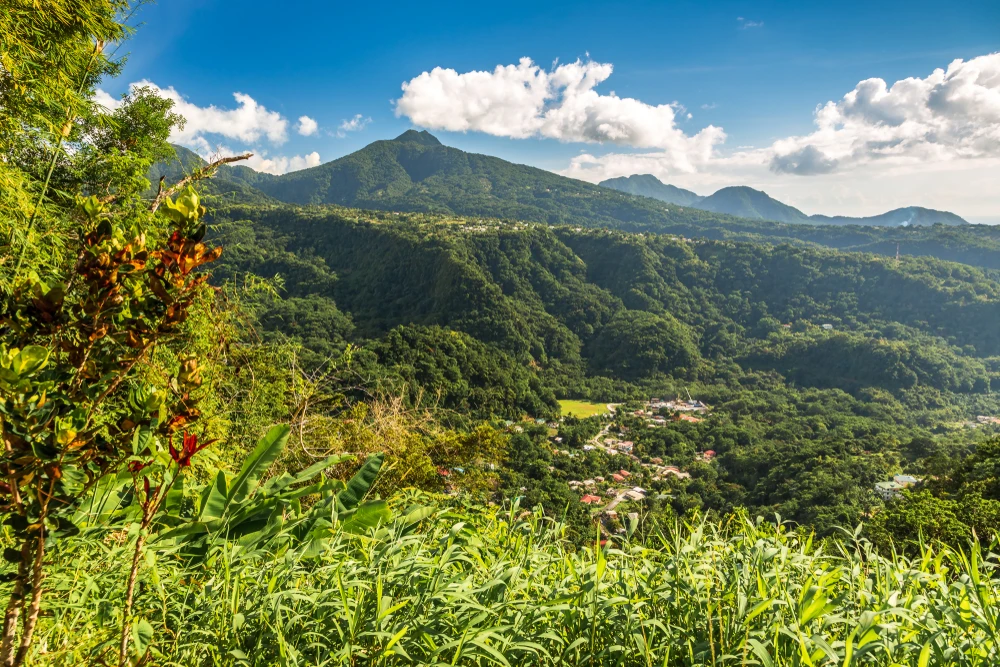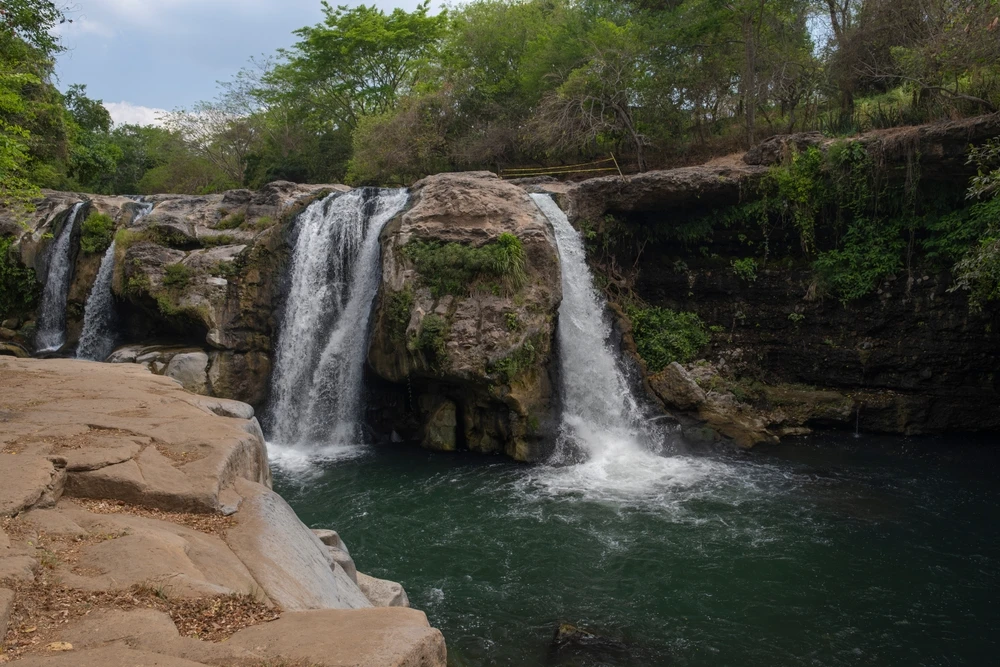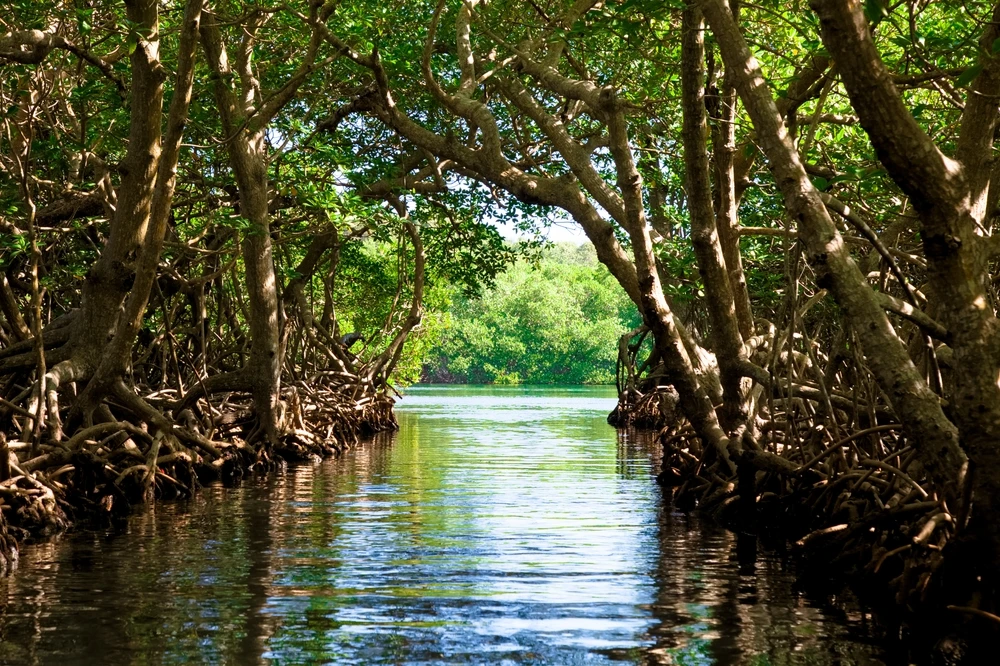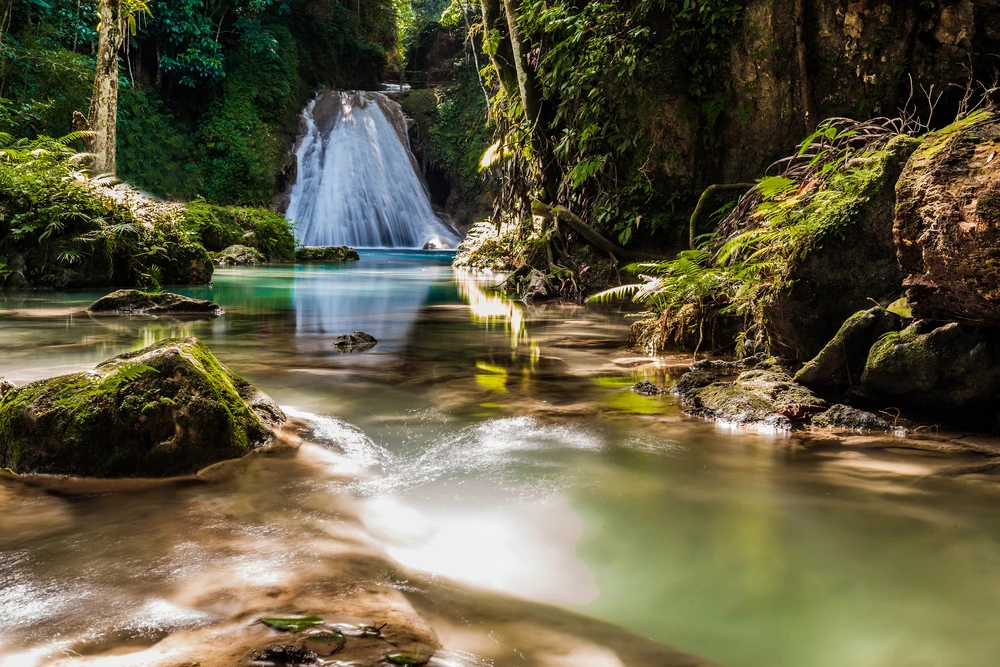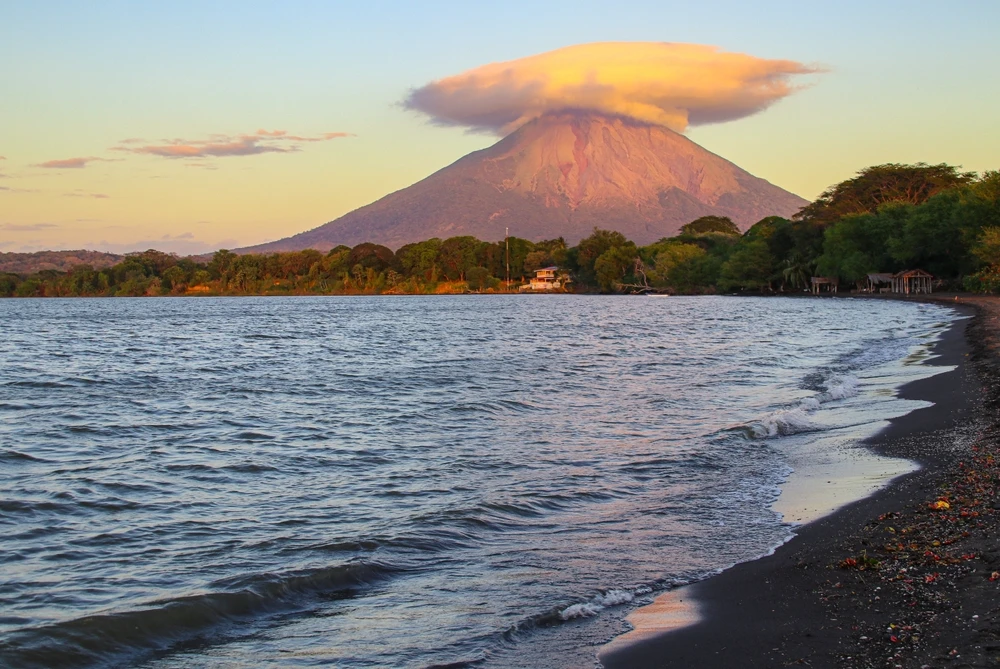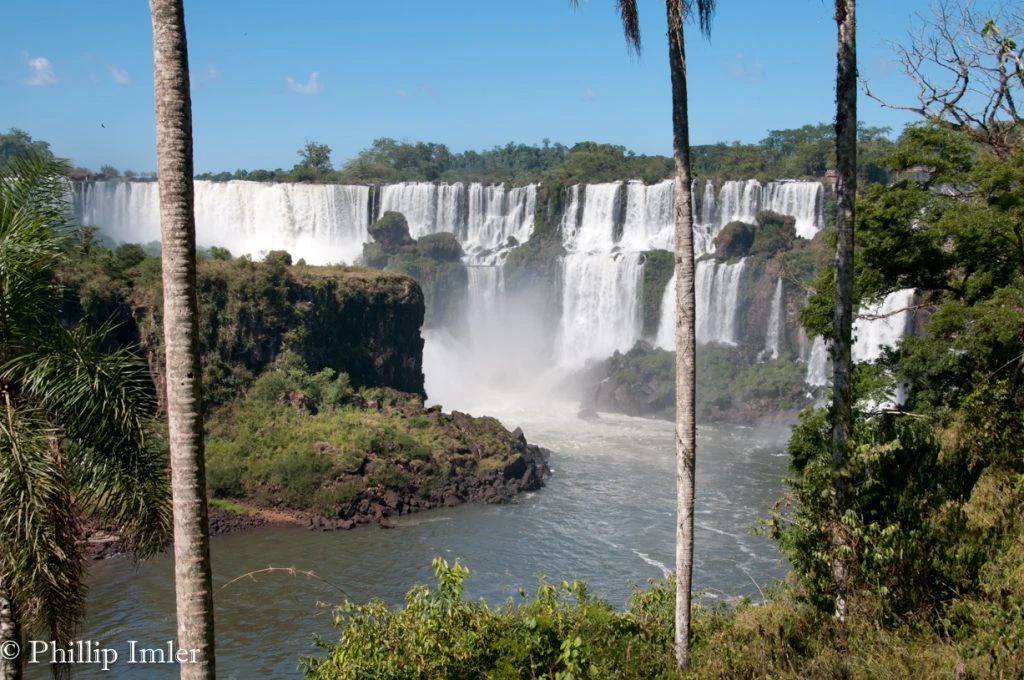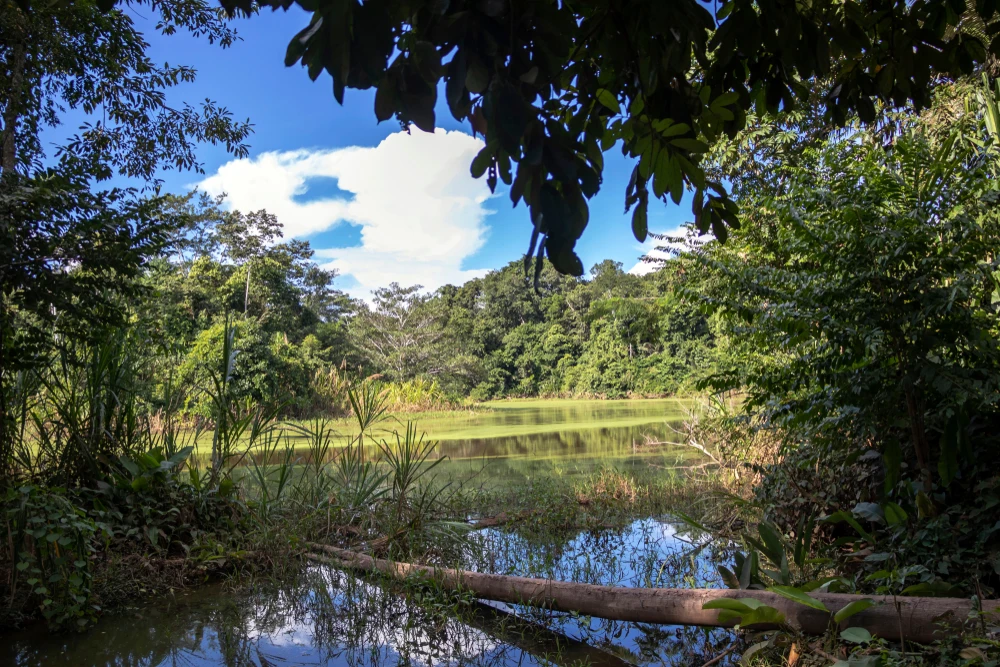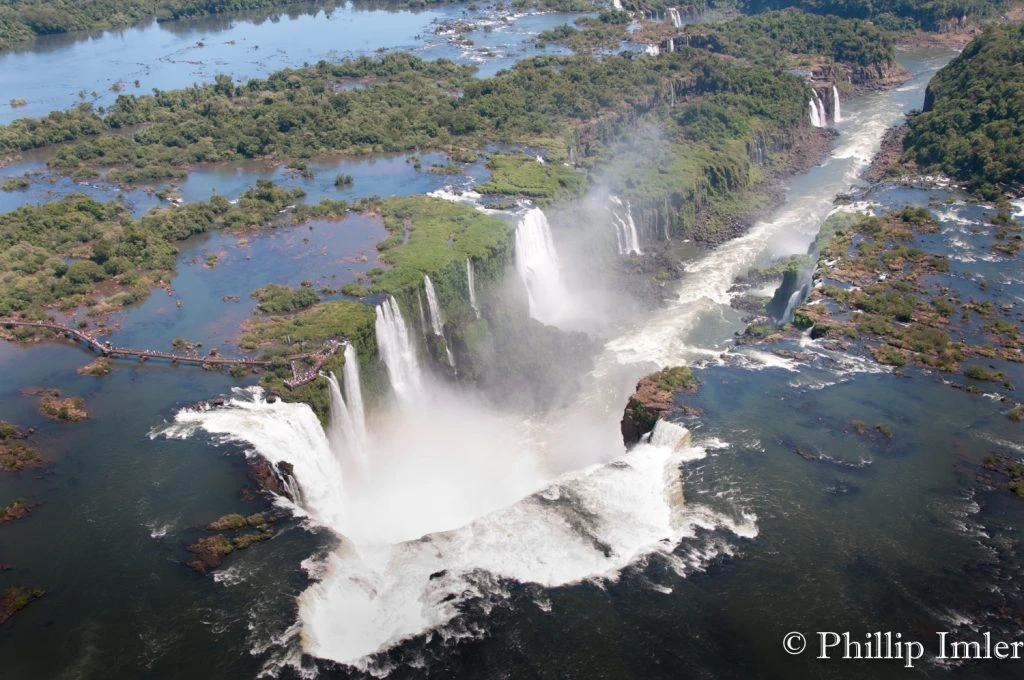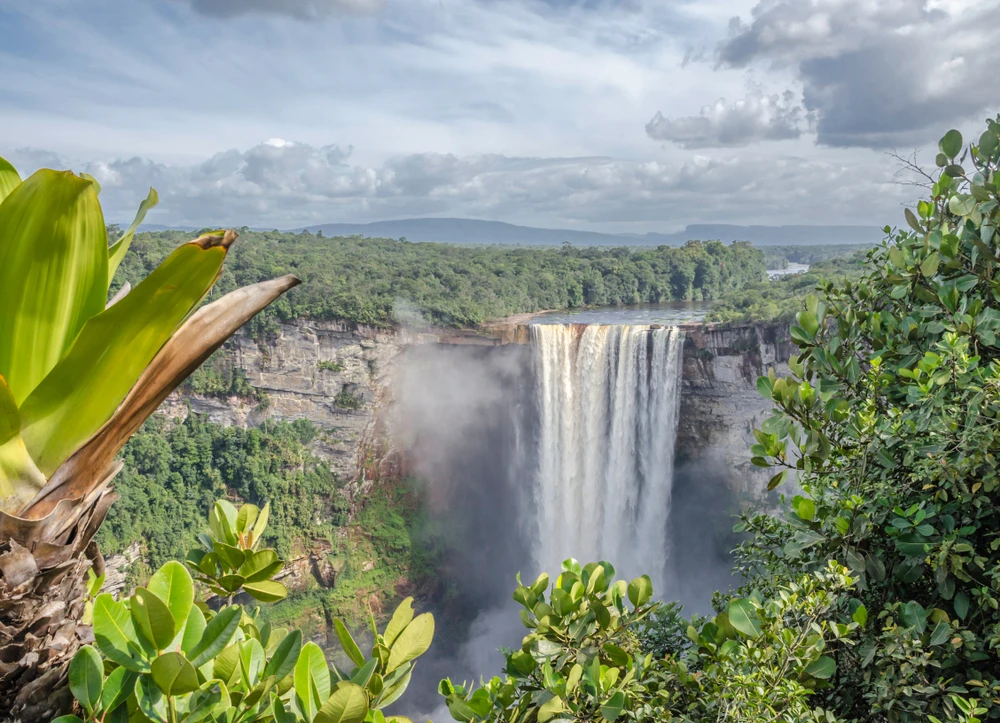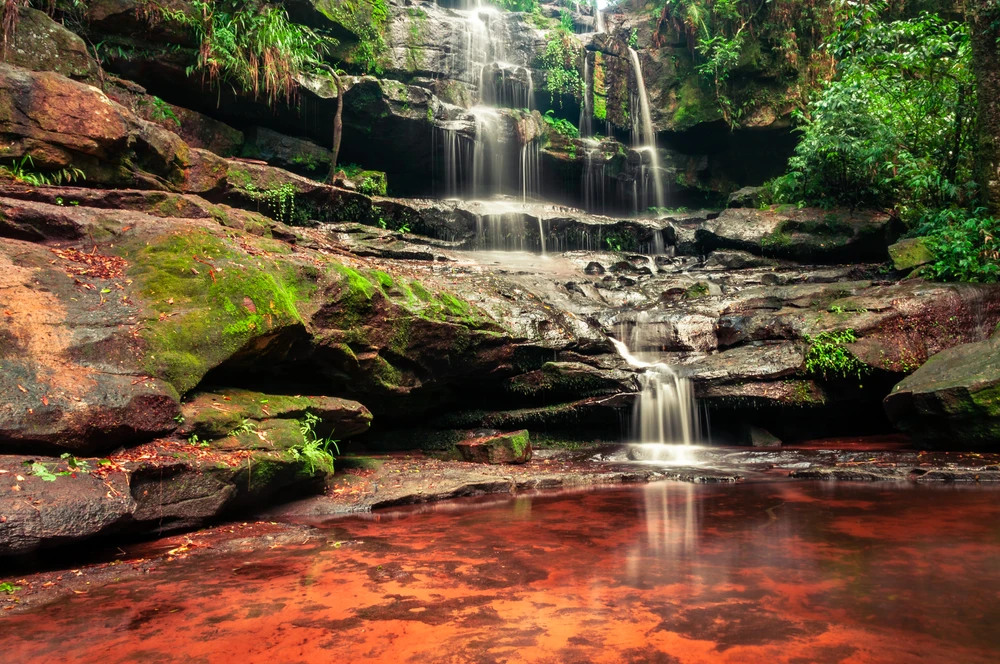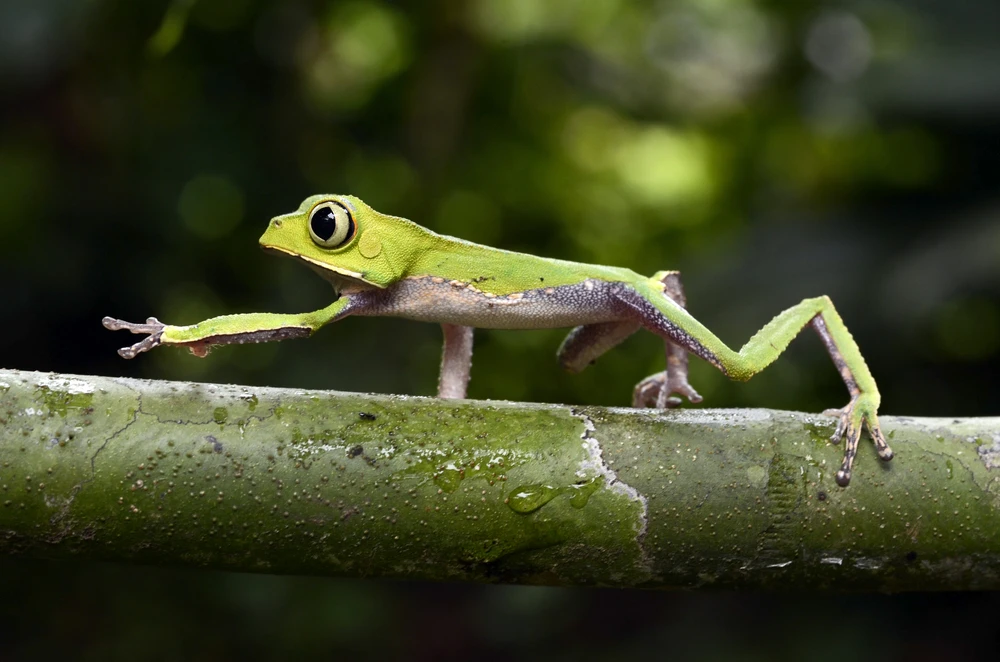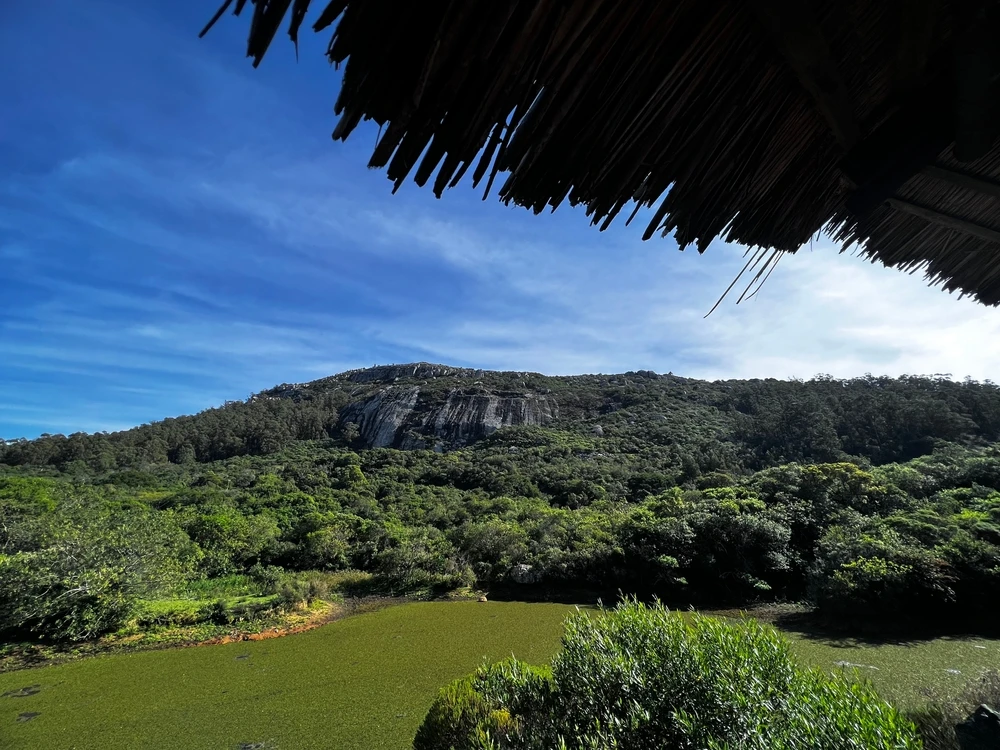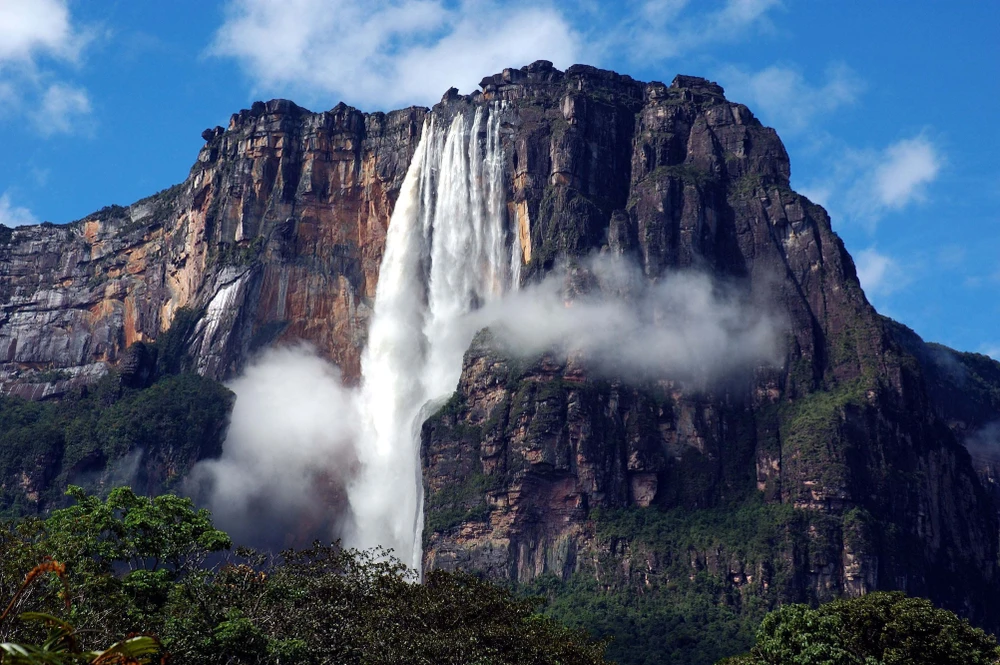Langtang Overview
Langtang National Park, or लाङटाङ राष्ट्रिय निकुञ्ज in Nepali, is a breathtaking expanse of natural beauty nestled in the Himalayas of Nepal. Spanning 660 square miles (1,710 square kilometers), this park is located in the central region of the country, approximately 32 miles (51 kilometers) north of Kathmandu. It is bordered to the north by the Tibetan Autonomous Region of China, offering a blend of cultural influences and stunning landscapes that draw adventurers and nature enthusiasts from around the world.
The terrain of Langtang National Park is incredibly diverse, ranging from lush subtropical forests at lower altitudes to alpine meadows and snow-covered peaks at higher elevations. Dominated by the majestic Langtang Lirung, which rises to 23,773 feet (7,227 meters), the park also features glacial valleys, rugged cliffs, and cascading waterfalls such as the Gosaikunda Lakes, a series of sacred glacial lakes that are both a natural and spiritual marvel. The forested areas are teeming with rhododendron, oak, and pine trees, which paint the landscape in vibrant hues during the blooming season.
Wildlife in Langtang National Park is as captivating as its scenery. The park is home to the elusive red panda, one of its most iconic species, as well as Himalayan black bears, snow leopards, and musk deer. Birdwatchers will find the park a haven, with over 250 species of birds, including the Himalayan monal, the national bird of Nepal, and various pheasants and eagles. This biodiversity is a key attraction for visitors who want to immerse themselves in the pristine wilderness.
Among the popular features of Langtang National Park are its trekking routes, which offer unparalleled views of the Himalayas and opportunities to experience local culture. The Langtang Valley Trek is particularly famous, guiding visitors through charming Tamang villages, Buddhist monasteries, and yak pastures. Another highlight is the pilgrimage to the sacred Gosaikunda Lakes, a site of immense spiritual significance for both Hindus and Buddhists, particularly during the Janai Purnima festival.
Visitors can engage with the park through guided treks, camping, and cultural tours, which provide insights into the traditional lifestyles of the Tamang and Sherpa communities who inhabit the region. The combination of natural beauty and cultural richness creates a holistic experience for anyone exploring the area.
Conservation in Langtang National Park has seen both challenges and successes. The region faces threats from deforestation, overgrazing, and climate change, which impact the delicate balance of its ecosystems. However, initiatives such as community-based conservation programs and sustainable tourism practices have helped protect its biodiversity. The involvement of local communities in conservation efforts has been a cornerstone of the park’s management, ensuring both environmental preservation and socioeconomic benefits for its residents.


